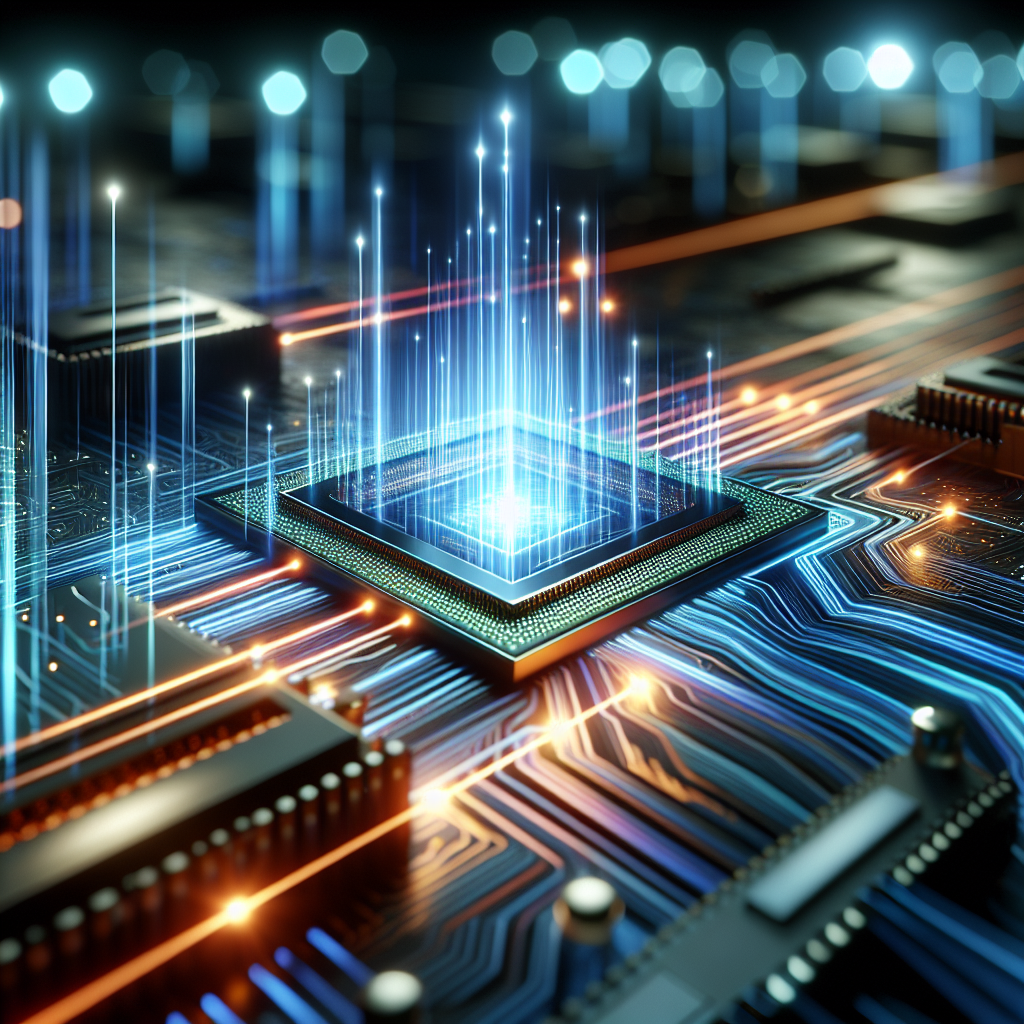PCI Express (PCIe) has been the standard for connecting peripheral devices to computers for over a decade now. With the rapid advancements in technology, the PCIe specification has also been evolving to keep up with the demands of modern computing. As we look towards the future, what can we expect from PCIe Gen 6 and beyond?
PCIe Gen 6, which is expected to be released in the coming years, promises to deliver even faster speeds and greater bandwidth than its predecessor, Gen 5. With a potential doubling of the current maximum data rate of 32 GT/s (gigatransfers per second), Gen 6 could offer speeds of up to 64 GT/s. This would allow for even faster data transfers between devices, making tasks such as gaming, video editing, and data processing more efficient and seamless.
In addition to faster speeds, PCIe Gen 6 is also expected to introduce new features such as improved power efficiency and enhanced error correction capabilities. These advancements will not only improve the overall performance of the PCIe interface but also help reduce power consumption and improve system reliability.
Looking even further into the future, PCIe Gen 7 and beyond are expected to continue pushing the boundaries of speed and performance. With technologies such as PCIe 6.0 already in development, we can expect even faster data rates and greater bandwidth in the years to come.
One of the key challenges facing the development of future PCIe generations is the issue of signal integrity. As data rates continue to increase, maintaining signal integrity becomes increasingly difficult, leading to potential issues such as data corruption and signal degradation. To address this challenge, engineers are exploring new technologies such as advanced equalization techniques and signal conditioning to ensure reliable data transmission at high speeds.
Another area of focus for future PCIe generations is the integration of emerging technologies such as artificial intelligence (AI) and machine learning. As these technologies become more prevalent in computing, PCIe will need to adapt to support the increased demands for data processing and communication between devices. This could lead to new features and enhancements in future PCIe specifications to support the growing needs of AI-driven applications.
Overall, the future of PCIe looks promising, with advancements in speed, performance, and reliability on the horizon. As technology continues to evolve, PCIe will play a crucial role in enabling the next generation of computing devices and applications. With PCIe Gen 6 and beyond, we can expect even faster data transfers, improved power efficiency, and enhanced capabilities to meet the demands of modern computing.

Leave a Reply
You must be logged in to post a comment.